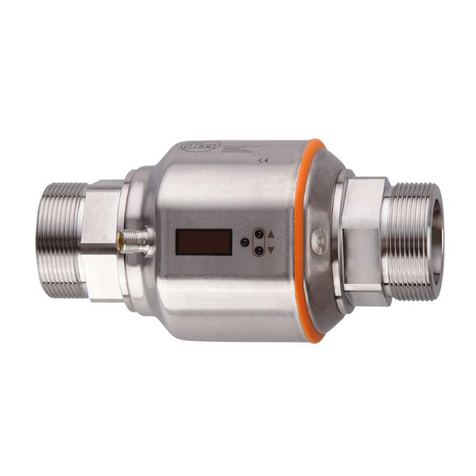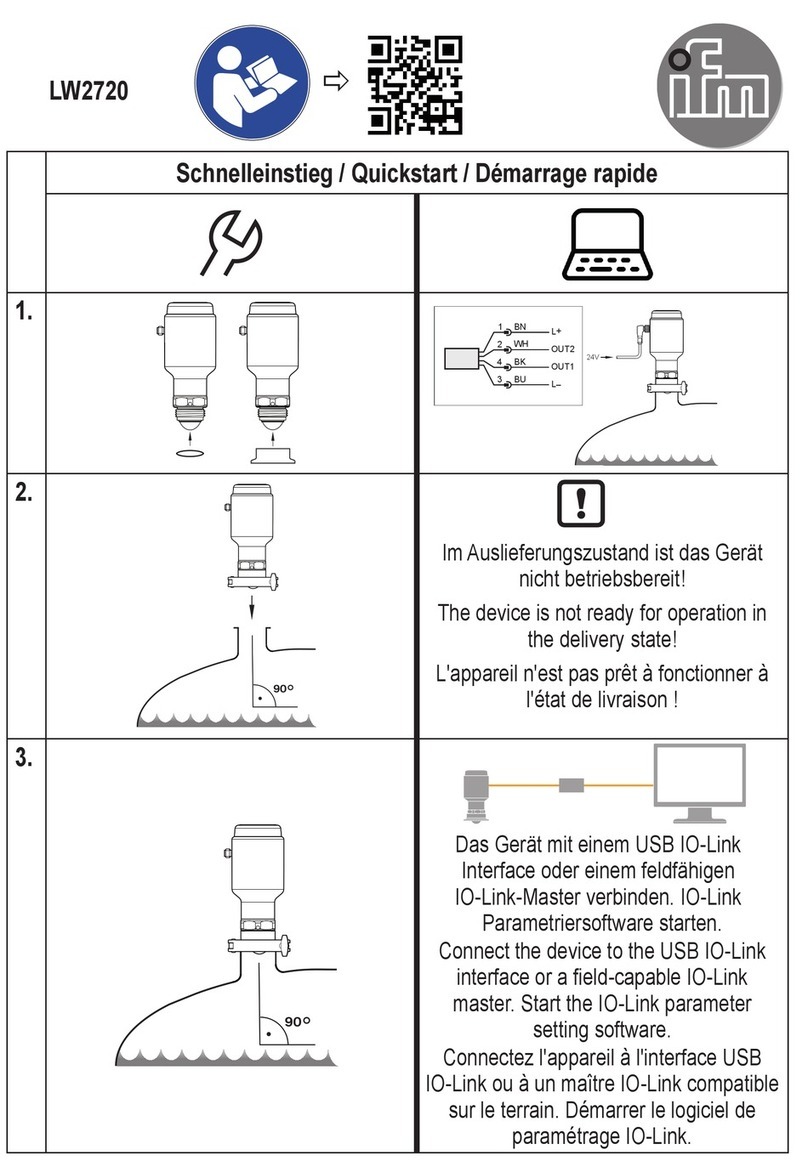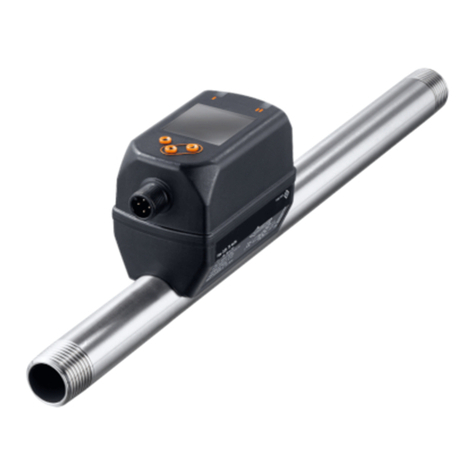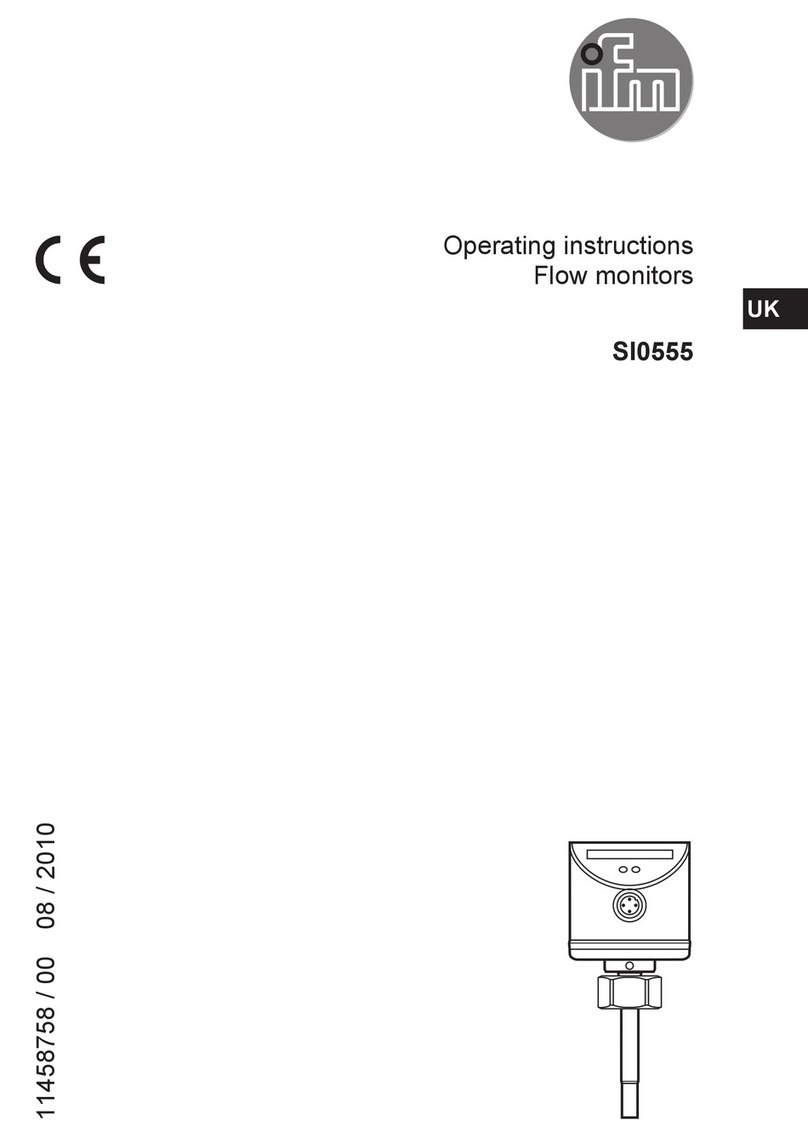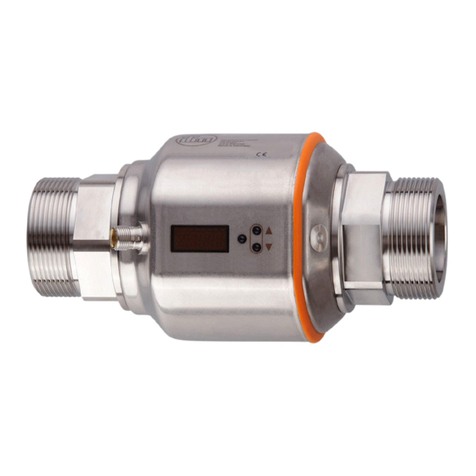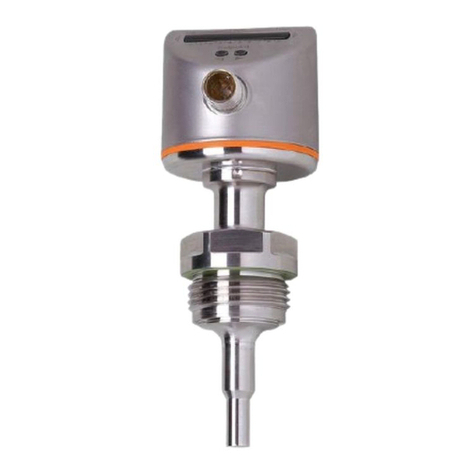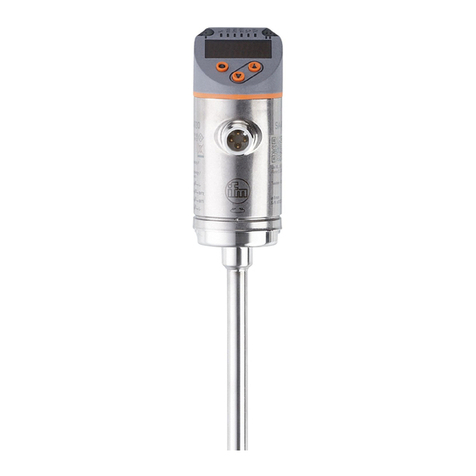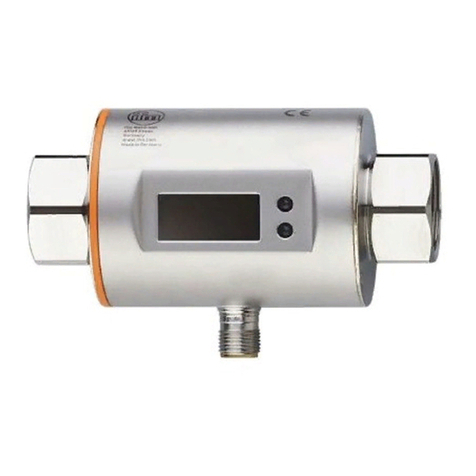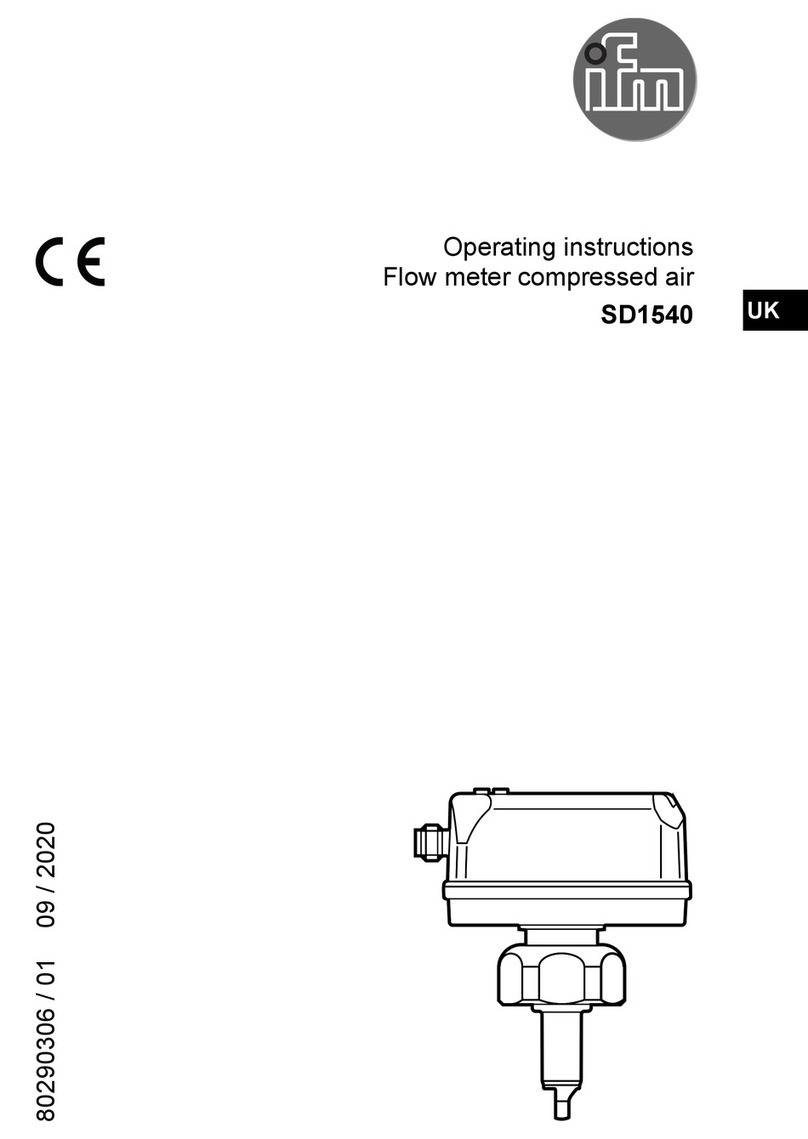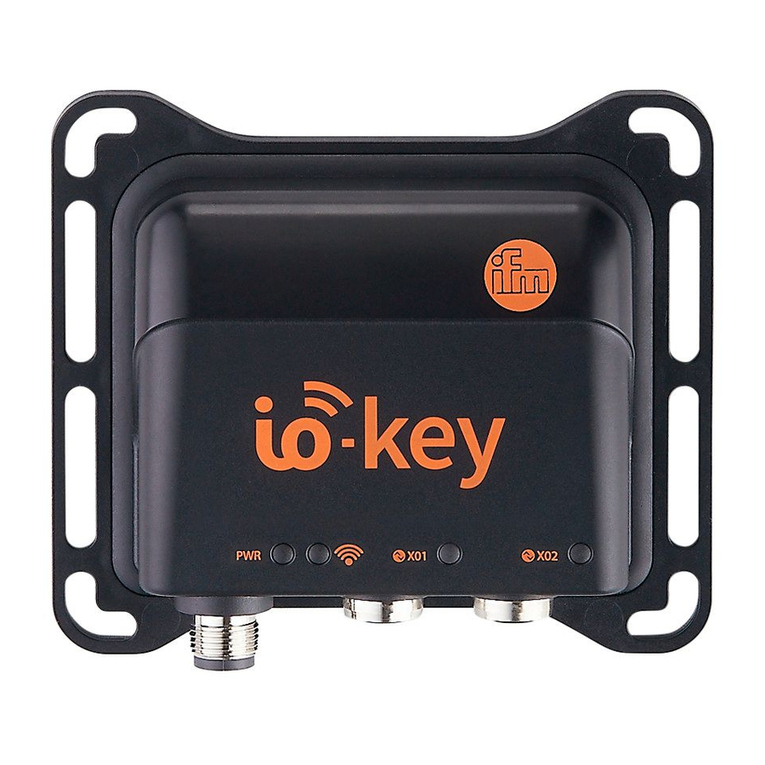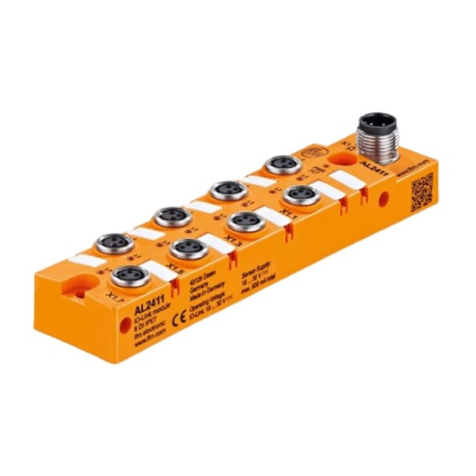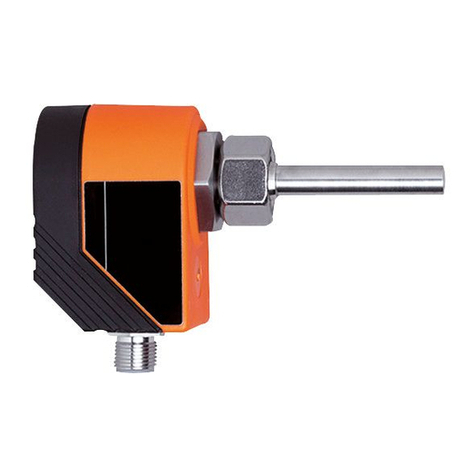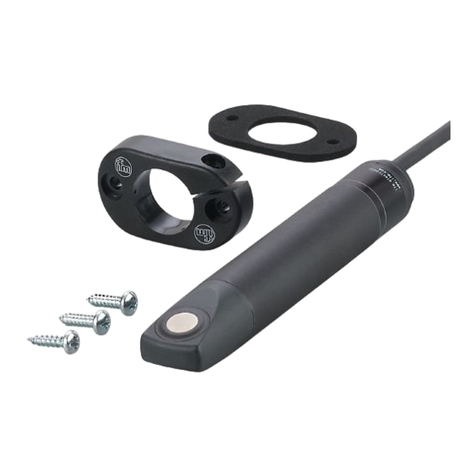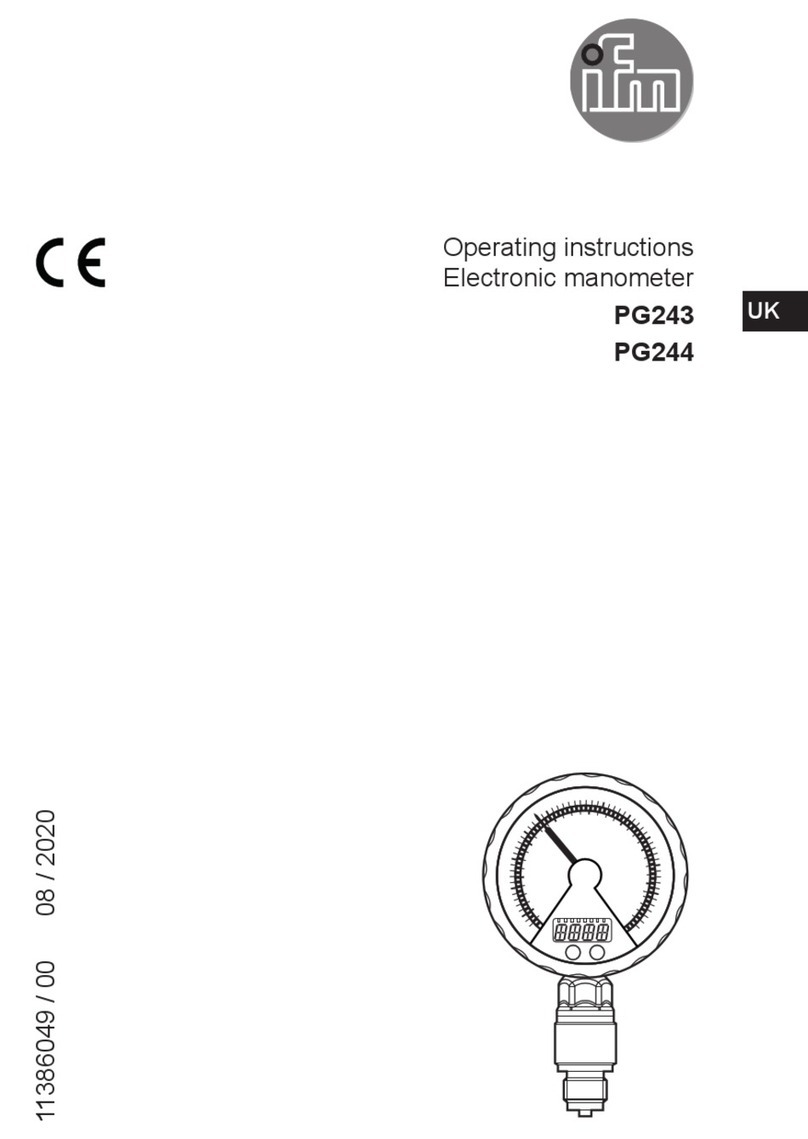
2
Contents
1 Preliminary note���������������������������������������������������������������������������������������������������4
1�1 Symbols used ������������������������������������������������������������������������������������������������4
1�2 Warnings used�����������������������������������������������������������������������������������������������5
2 Safety instructions �����������������������������������������������������������������������������������������������5
2�1 General requirements on the safety-related functions�����������������������������������6
3 Functions and features ����������������������������������������������������������������������������������������7
3�1 General function description��������������������������������������������������������������������������7
3�2 Safe state of the output relays�����������������������������������������������������������������������8
3�3 Switching function "Overspeed"���������������������������������������������������������������������8
3�4 Hysteresis������������������������������������������������������������������������������������������������������8
3�5 Initialisation����������������������������������������������������������������������������������������������������9
3�6 Fault output (Y7)��������������������������������������������������������������������������������������������9
3�7 Overspeed output (Y8) ����������������������������������������������������������������������������������9
3�8 Feedback circuit for external device monitoring (Y1-Y2)�������������������������������9
4 Installation����������������������������������������������������������������������������������������������������������10
4�1 Mechanical installation of the device �����������������������������������������������������������10
4�2 Remove the device��������������������������������������������������������������������������������������10
5 Electrical connection������������������������������������������������������������������������������������������ 11
5�1 Terminals ����������������������������������������������������������������������������������������������������� 11
5�2 Automatic/manual mode selection���������������������������������������������������������������13
5�2�1 Automatic mode����������������������������������������������������������������������������������13
5�2�2 Manual mode��������������������������������������������������������������������������������������14
5�3 Enable input�������������������������������������������������������������������������������������������������16
6 Indicators and operating elements���������������������������������������������������������������������17
6�1 LEDs������������������������������������������������������������������������������������������������������������17
6�2 Switches ������������������������������������������������������������������������������������������������������18
7 Set-up ����������������������������������������������������������������������������������������������������������������19
7�1 Configuration position (factory setting) ��������������������������������������������������������19
7�2 Setting the switch point��������������������������������������������������������������������������������20
7�3 Examples of switch point settings����������������������������������������������������������������21
7�4 Checklist after installation and set-up����������������������������������������������������������21
8 Technical data����������������������������������������������������������������������������������������������������22
8�1 DD110S �������������������������������������������������������������������������������������������������������22
8�2 DD111S��������������������������������������������������������������������������������������������������������24

